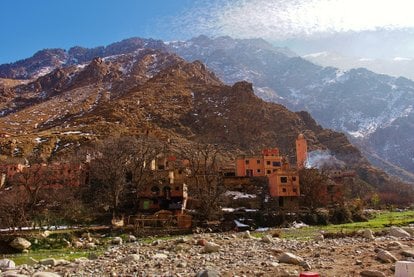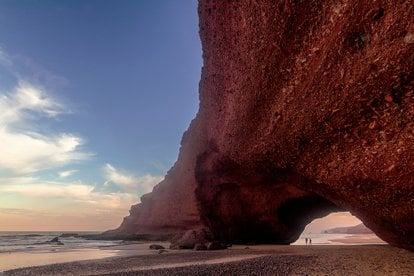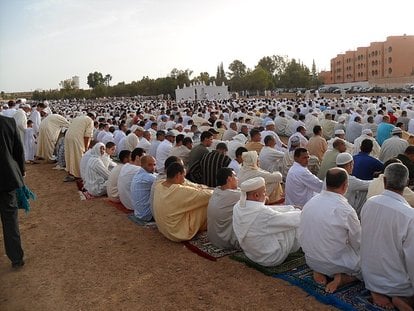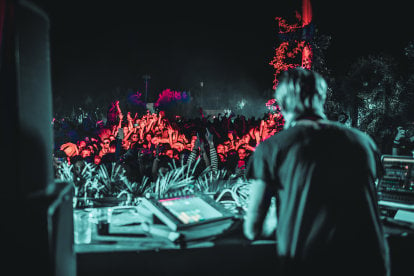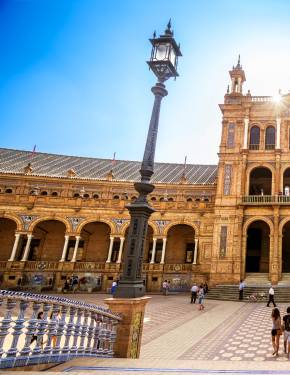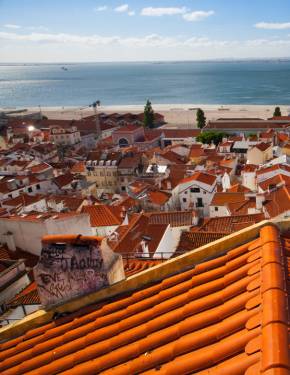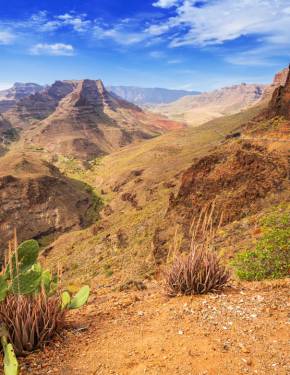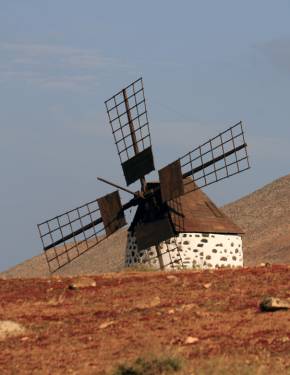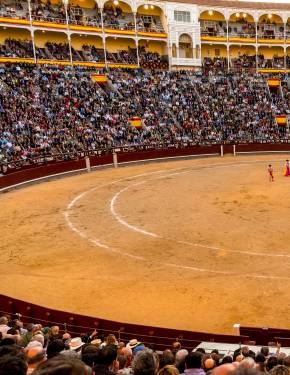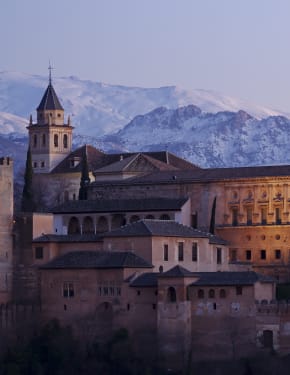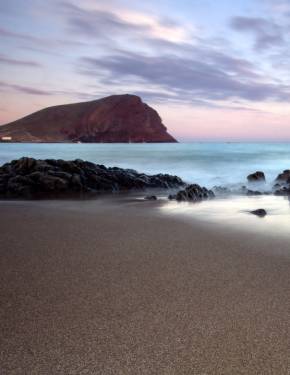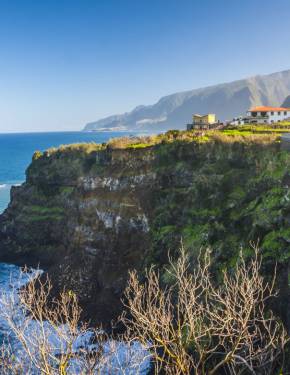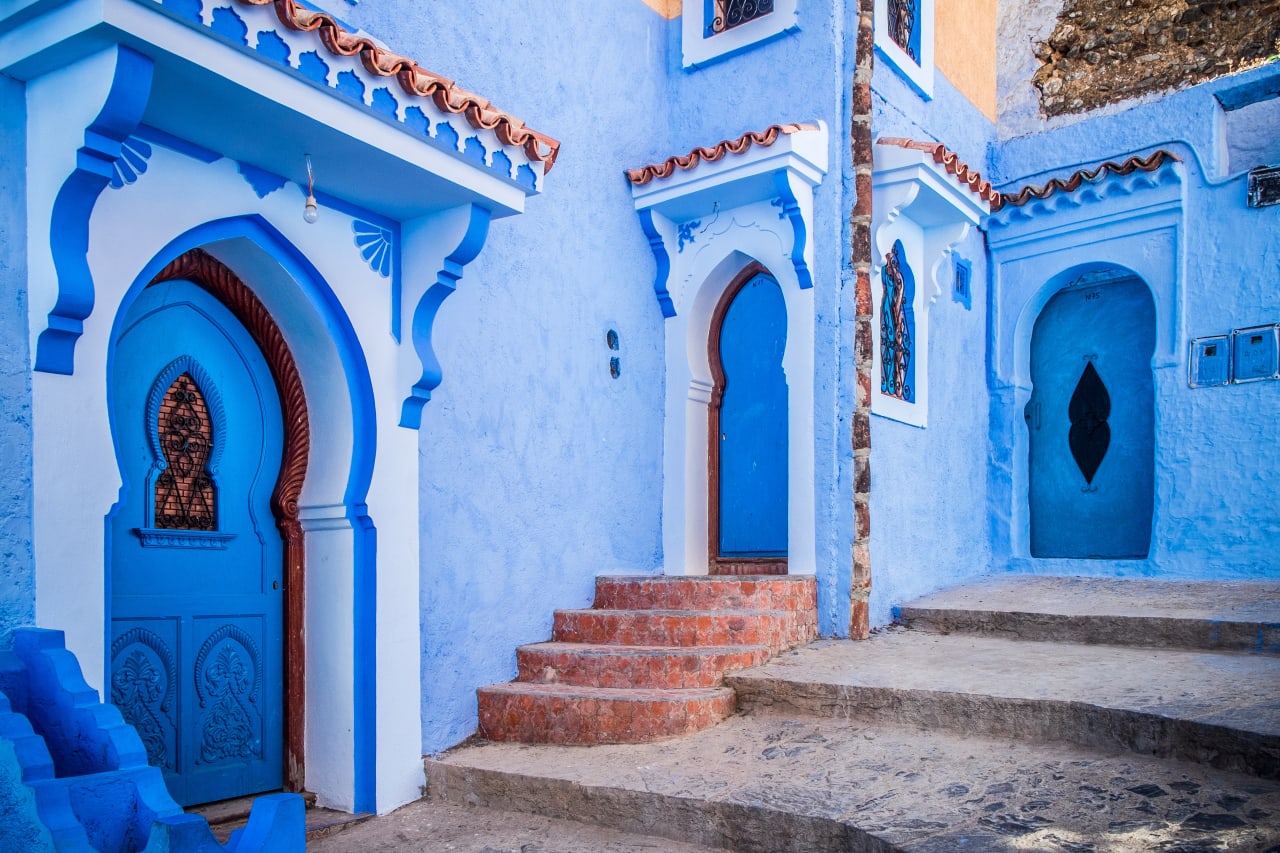
Best time to visit
31 things to do in Morocco
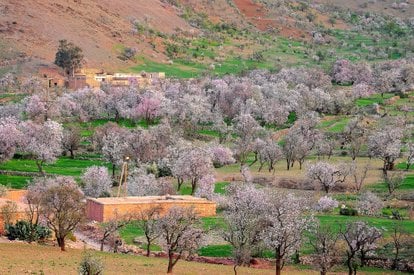
Almond Blossom Season
A spectacular sight of ruins and hills adorned with almond blossom will long stay in you memory
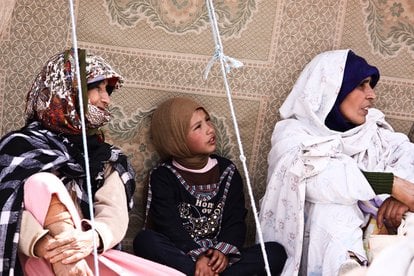
Imilchil Marriage Festival
Those looking for romance will find it in the lake plateau of the Middle Atlas Mountains

Gnaoua World Music Festival
The Gnaoua music is a tradition established by the African slaves and has been well preserved and practised for a long time
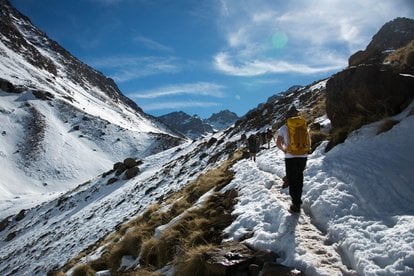
Climbing Mount Toubkal
The ascent to the highest peak of Atlas Mountains is named a walk rather than a climb. However the view is no less picturesque
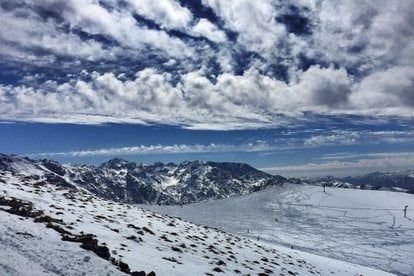
Ski Season
What can be better than a day trip to the ski resort to get away from the heat of the city?
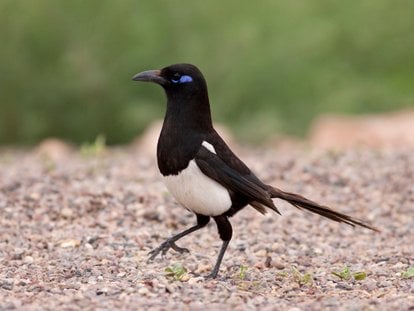
Birdwatching the Rare Species
Morocco has a really diverse habitat. More importantly some endangered bird species have their biggest colonies here!
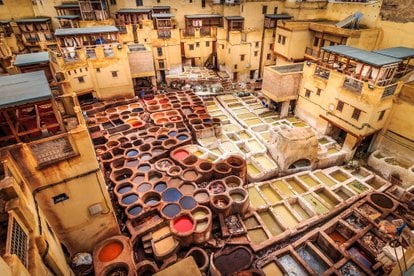
Fes Tanneries
One of the city’s most iconic sights, a window into the pungent, natural process of producing world-class leather using methods that have changed little since medieval times
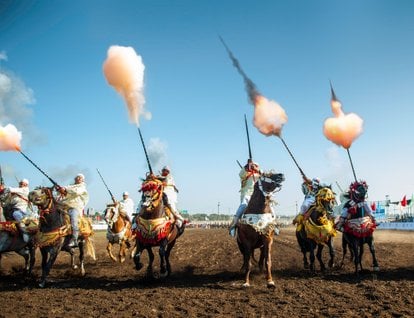
Fantasia (Tbourida)
Witness the traditional Moroccan horsemanship spectacle

Goats of Souss Valley
The most hilarious and astonishing thing you might see in Morocco is the goat trees
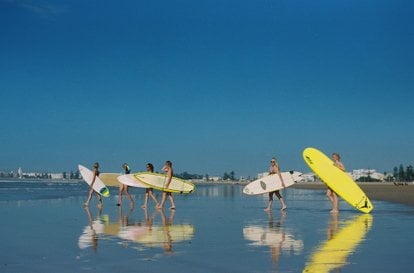
Surfing Season
Morocco is one of the greatest surf destinations for the surfers of all levels

Desert Trekking
There is no need to go to Mars, if you can see it on Earth. Witness the overwhelming magnificence of the Sahara desert
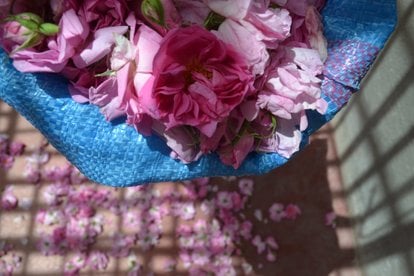
Festival of Roses
The festival where millions of roses are harvested will strike your imagination!
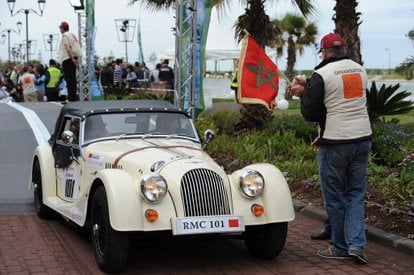
Rallye Maroc Classic–La Route du Coeur
The historical regularity rally on the most spectacular route—the Road of Heart

Beach Season
Choosing the time to go to Morocco totally depends on what you plan to do there. The beach season also has its own perks
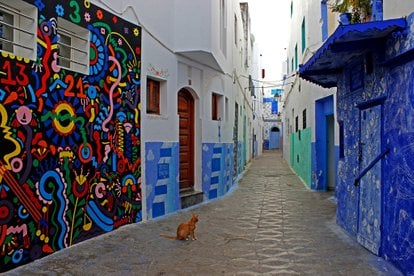
Asilah Arts Festival
The new world art mecca, the town of Asilah is hosting an annual festival that turns the walls of its streets into art
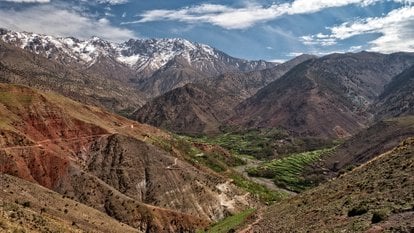
Atlas Mountains Trekking
Although trekking in the mountains may be done all year round, there are several periods that make it even better
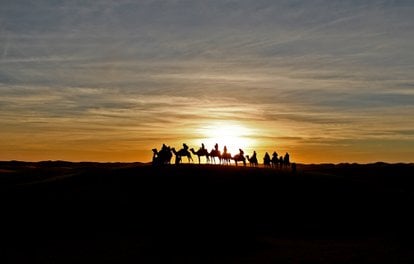
Sunrise and Sunset
Some of the most stunning sunrises and sunsets in the world can be observed in Morocco
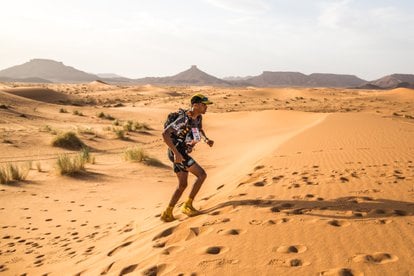
Marathon Des Sables (MDS)
The Discovery Channel calls it "the toughest foot race on Earth"

Fes Festival of World Sacred Music
A collection of the most mystical music and dance on the planet, from Bjork to whirling derwishes

Yennayer, Amazigh (Berber) New Year
Celebrate the national holiday of the indigenous people of Morocco

Storks of Volubilis
This ancient Roman city is taken over by storks in winter
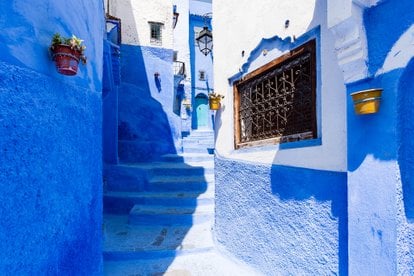
Chefchaouen
This idyllic blue town is the perfect background for that perfect Instagram shot
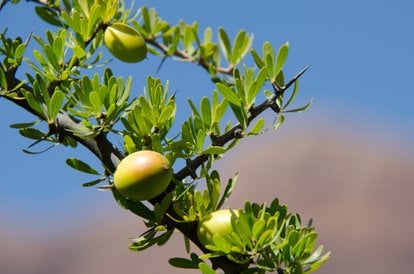
Argan Oil Harvest
Witness the authentic production of precious argan oil, one of Morocco's most valued exports

Throne Day in Morocco
A vivid celebration of Moroccan monarchy, culture, and traditions
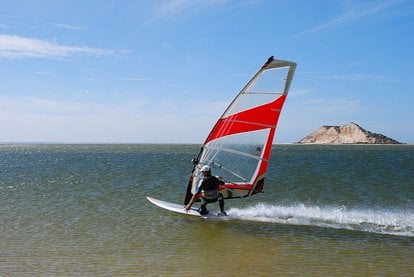
Kitesurfing and Windsurfing
Discover one of the best wind sports destinations of the world
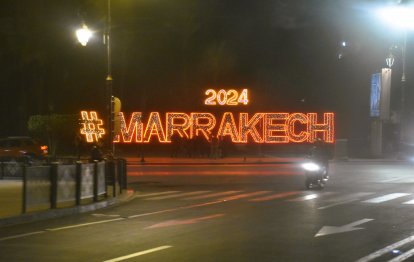
New Year's Eve
Morocco has one of the most exotic NYE celebrations in the world. Don't miss it!
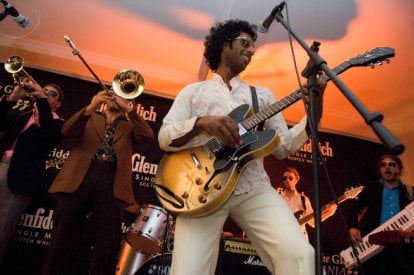
Tanjazz Festival
Whether you're a jazz buff or an amateur musician, this festival is the place to be

